Rao Jodha Desert Rock Park, Jodhpur, Rajasthan || An amazing place to gain a deeper understanding of the ecological and geological forces at play in Rajasthan
After visiting the magnificent Mehrangarh Fort, we had about an hour in hand to explore a few more places before the sunset. We had read about the Rao Jodha Desert Rock Park, but weren't really sure if it would be worth the visit. However, when we chanced upon its board, we decided to check the park out.
Rao Jodha Desert Rock Park is a park located in Jodhpur, Rajasthan, India. It is located near the Mehrangarh Fort and offers views of the city and the fort. The park is known for its large rock formations and sculptures, as well as its gardens and playgrounds. Visitors can also see the Jodha Rock, a large rock that is said to have been used by the Jodha, the founder of Jodhpur, as a watchtower. It's a perfect spot for a morning walk, picnic and for photography.
The rocks here are believed to be from the ancient sedimentary rocks of the area. The park is also famous for its rock samples, which are mainly sandstone and limestone rocks. These rocks are of great interest to geologists, as they provide a glimpse into the geology of the region and the forces that shaped it.
At the entrance of the park is an exhibition of samples of rocks found in the different parts of Rajasthan. In one of the samples, I believe that of a Yellow Limestone there were some very interesting fossils of shells. It was when I was admiring these when the guide and naturalist came around to walk me through the fossils. He also offered us a tour of the park the next morning.
The Rao Jodha Desert Rock Park was created to restore the natural ecosystem of a rocky desert area that had been degraded due to human activity. The park was created through a process called "greening the desert," which involves re-vegetating the area with native plants and creating sustainable systems for water management.
The restoration process of the park started by removing the invasive plant species Vilayati Keekar (Prosopis Juliflora) and then restoring the natural vegetation by planting native plants. The park's restoration team worked with the local communities to gather and propagate the local plant species that were well adapted to the arid and semi-arid conditions of the region.
Water management was another important aspect of the park's restoration. Rainwater harvesting systems were set up to collect and store rainwater for irrigation. This helped in the growth of the native plants. Additionally, park's restoration team also built trails and pathways to allow visitors to explore the park while minimizing their impact on the environment. They also constructed viewpoints and seating areas to provide visitors with a better view of the park and its features.
Overall, the restoration of the park was a collaborative effort between the park's restoration team, local communities, and government agencies, working together to create a sustainable and ecologically rich desert park.
Rao Jodha Desert Rock Park, Jodhpur, was founded by the Mehrangarh Museum Trust in 2006, with the aim of restoring the natural ecosystem of a rocky desert area that had been degraded due to human activity. The park was named after Rao Jodha, who was the founder of Jodhpur city in 1459 AD.
The Rao Jodha Desert Rock Park, Jodhpur, is home to a wide variety of plant species, many of which are native to the region. The park's restoration team worked with the local communities to gather and propagate the local plant species that were well adapted to the arid and semi-arid conditions of the region.
Some examples of plant species that can be found in the park include:
Cacti: The park is home to a variety of cacti, including the barrel cactus, which is well-suited to the desert's harsh conditions.
Trees: The park has many species of tree, including the neem, which is known for its medicinal properties, and the khejari, which is a drought-tolerant tree that is well-suited to the desert's harsh conditions.
Shrubs: The park has many species of shrubs, including the hardy babool, which is known for its ability to survive in harsh conditions, and the ber, which is a berry-producing shrub.
Grasses: The park has many species of grasses, including the khair, which is a grass that is known for its medicinal properties, and the khaskhas, which is a grass that is well-suited to the desert's harsh conditions.
Herbs: The park has many species of herbs, including the aak, which is a medicinal herb, and the kumauni, which is an edible herb.
The park's restoration team also made a great effort to maintain and preserve the natural ecosystem of the region. The park is a unique example of how a barren desert area can be transformed into a beautiful park while preserving the natural ecosystem of the region.
The park is home to a diverse range of animal species, many of which are adapted to the desert's harsh conditions. Some examples of animal species that can be found in the park include:
Birds: The park is a popular spot for birdwatching, with a variety of resident and migratory bird species such as the Indian Sparrow, Rock Pigeon, Red-vented Bulbul, Indian Roller, Indian Peafowl, House Sparrow, Red-wattled Lapwing, White-browed Wagtail, Black Drongo, Common Myna, Greater Racket-tailed Drongo, Painted Sandgrouse, Black-rumped Flameback, White-eared Bulbul, Spotted Owlet, Black Francolin, Black-necked Stork, Tawny Eagle, Spotted Dove, Green bee-eater, Asian Paradise Flycatcher, Rufous-tailed Lark, and Cinereous Vulture.
Reptiles: The park is also home to a variety of reptiles, such as lizards, geckos, and snakes like the common cobra and rat snake.
Mammals: The park is home to a variety of mammals, such as the desert fox, desert hare, and the Indian desert gazelle (chinkara) which is an endangered species.
Butterflies: The park is home to the Common Jezebel, Indian Fritillary, Tawny Coster, Lemon Pansy, Common Wanderer, Blue Pansy, Plain Tiger, Red Helen, Common Hedge Blue, Indian Skipper, Common Grass Yellow, Common Mormon, and Common Emigrant.
It's important to note that these are some of the species that can be found in the park, but it's not an exhaustive list and the sightings of these animals depend on the season, time of the day and the weather conditions.
The park's restoration team also made a great effort to maintain and preserve the natural ecosystem of the region and provides a natural habitat for the animal species that live in the region. The park is a unique example of how a barren desert area can be transformed into a beautiful park while preserving the natural ecosystem of the region.
The Rao Jodha Desert Rock Park, Jodhpur features four main trails for visitors to explore:
The Heritage Trail: This trail takes visitors on a journey through the history of Jodhpur, showcasing the city's rich heritage and culture. It includes a visit to the ruins of the 15th century Mandore Fort, the famous Mehrangarh Fort, and the Jaswant Thada Cenotaph.
The Biodiversity Trail: This trail takes visitors through the park's diverse ecosystem, showcasing the unique flora and fauna found in the desert landscape. It includes a visit to the park's nursery and a chance to see various species of birds, butterflies, and insects.
The Rock Trail: This trail takes visitors through the park's unique geology, showcasing the ancient rock formations that are a defining feature of the park. It includes a visit to the park's signature rock, the "Chaand Baori" and the "Rock Garden".
The Sunset Trail: This trail takes visitors to the park's highest point, where they can enjoy panoramic views of the city and the surrounding desert. It is the perfect spot to watch the sunset and enjoy the peace and quiet of the park.
All trails are designed to be self-guided, with interpretive signs and information provided along the way. Visitors can choose to explore one or all of the trails depending on the time available and the interests.
The park employs trained and certified guides who are knowledgeable about the park's ecology, geology, and history, and who can help visitors learn more about the park's unique features and inhabitants.
They are experts on desert wildlife, plants, geology and history of the area. They would also be able to provide information on the park's conservation efforts and give a better understanding of the park's significance to the local ecosystem.
The best time to visit the Rao Jodha Desert Rock Park, Jodhpur would be during the winter months, from November to February. During these months, the weather is pleasant with cooler temperatures and lower humidity, which makes for comfortable outdoor activities. This time is also when the park's flora and fauna are at their best and you can expect to see many migratory birds and other animals.
Additionally, the park also offers guided tours, bird watching and other activities, which may be more comfortable during this time. It is advisable to check with the park authorities before visiting to know more about the schedule of activities and availability of guides.
Keep in mind that summer temperatures in Jodhpur can get quite high, so it's best to avoid visiting the park during the months of May through September.
Related Blogposts -
 Discovering ancient history in Akal Wood Fossil Park, Jaisalmer, Rajasthan || A most unusual place full of surprises that are not all related to the bygone eras
Discovering ancient history in Akal Wood Fossil Park, Jaisalmer, Rajasthan || A most unusual place full of surprises that are not all related to the bygone eras >> The Amazing Pokaran Fort near Jaisalmer, Rajasthan || A beautiful structure that effortlessly blends with the desert landscape it is built in
>> The Amazing Pokaran Fort near Jaisalmer, Rajasthan || A beautiful structure that effortlessly blends with the desert landscape it is built in >> A short but rewarding visit to the Khichan Bird Sanctuary || How the local population of a place has made this town a safe haven for the Demoiselle cranes
>> A short but rewarding visit to the Khichan Bird Sanctuary || How the local population of a place has made this town a safe haven for the Demoiselle cranes >> Demoiselle cranes of Khichan, Jodhpur District, Rajasthan || Beautiful Birds that fly to and fro Mangolia and have found a mention in Indian mythological texts
>> Demoiselle cranes of Khichan, Jodhpur District, Rajasthan || Beautiful Birds that fly to and fro Mangolia and have found a mention in Indian mythological texts  >> Driving around the drivable parts of Bikaner, Rajasthan || Wide, clean roads with easy, laidback traffic
>> Driving around the drivable parts of Bikaner, Rajasthan || Wide, clean roads with easy, laidback traffic >> The surprising Bap Village, Jodhpur District, Rajasthan || A place to stop and stretch your legs walk around a large waterbody
>> The surprising Bap Village, Jodhpur District, Rajasthan || A place to stop and stretch your legs walk around a large waterbody >> Intricately carved Rampuria Havelis in Old Bikaner, Rajasthan || A symbol of the wealth and luxurious lifestyles of the rich Rampuria merchants since the 15th Century
>> Intricately carved Rampuria Havelis in Old Bikaner, Rajasthan || A symbol of the wealth and luxurious lifestyles of the rich Rampuria merchants since the 15th Century >> Danke ki Chot, Bikaner, Rajasthan || The perfect place for authentic, tasty, reasonable vegetarian Rajasthani food
>> Danke ki Chot, Bikaner, Rajasthan || The perfect place for authentic, tasty, reasonable vegetarian Rajasthani food

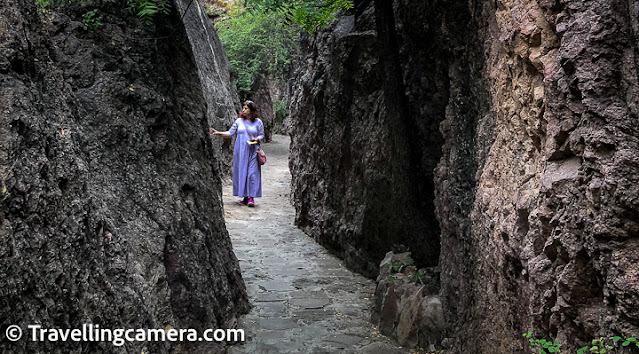
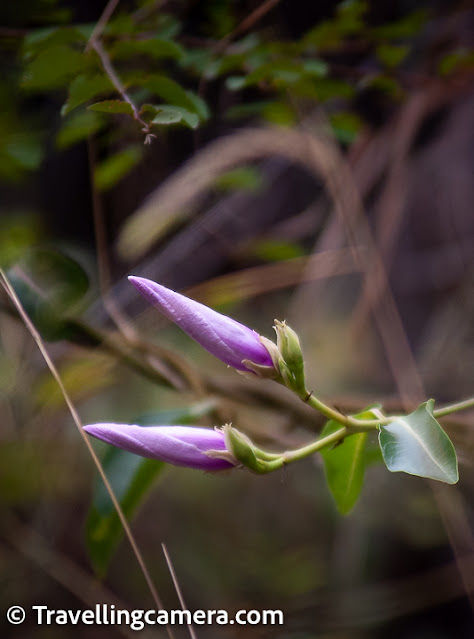
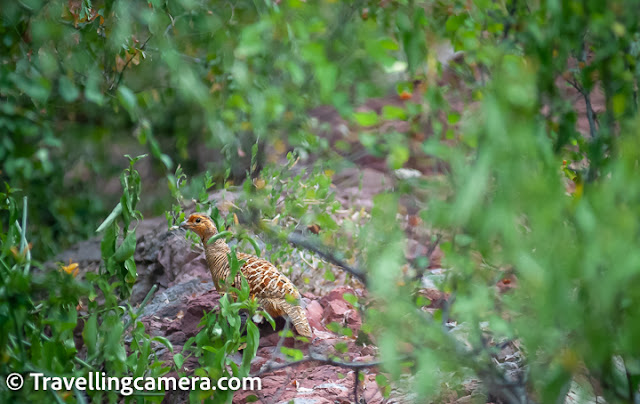


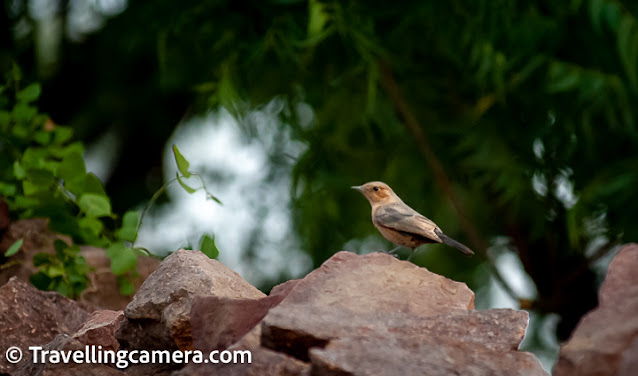
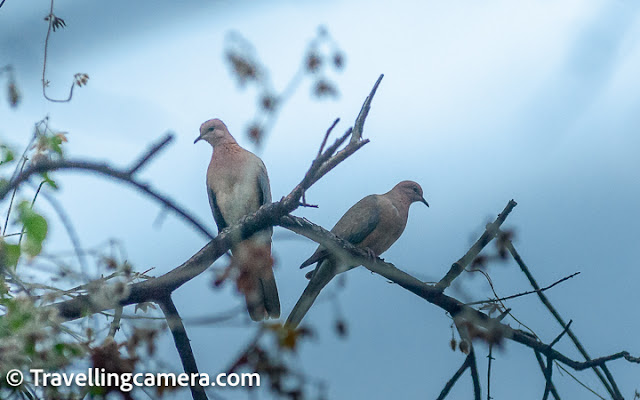
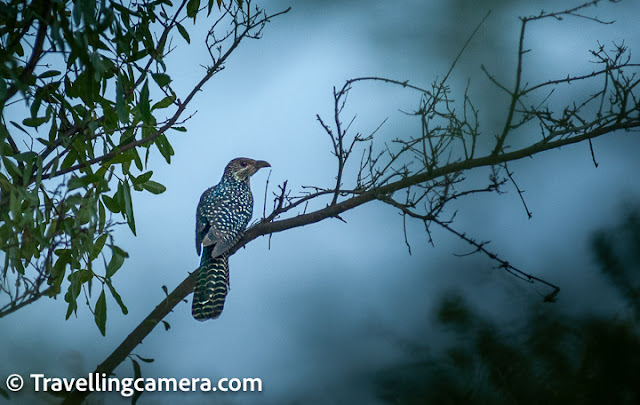


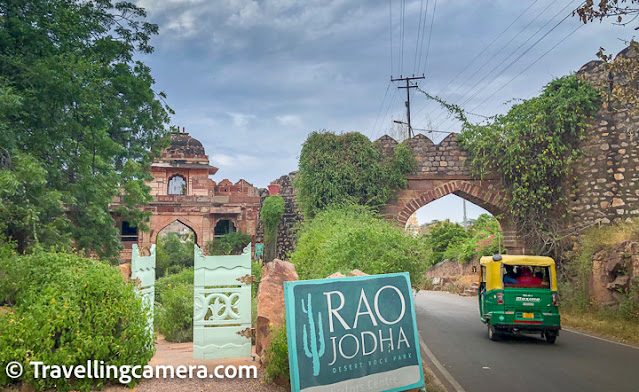
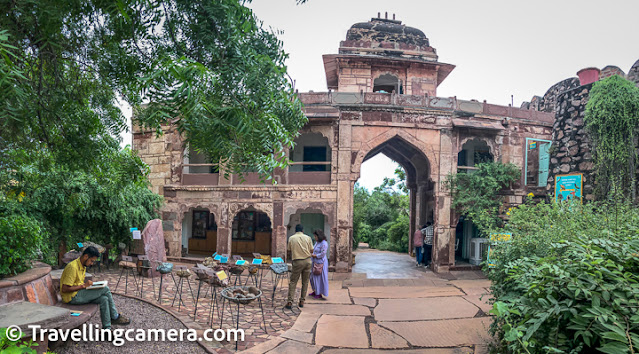

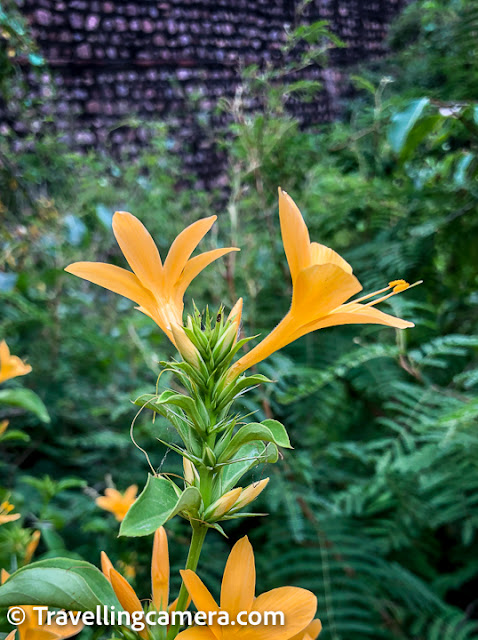










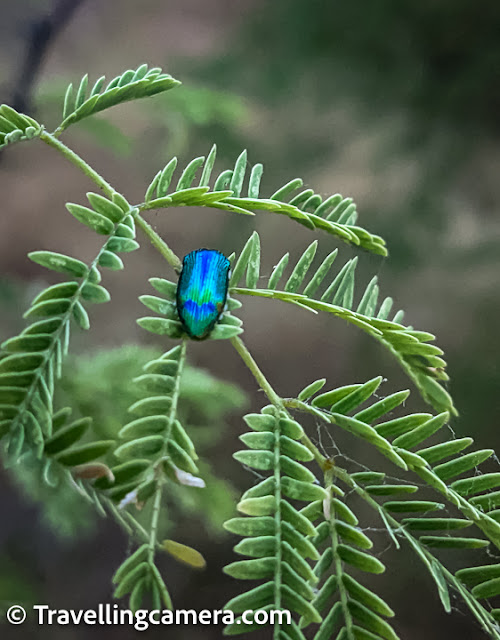


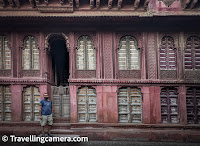

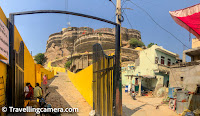


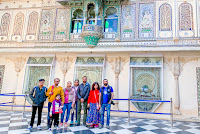










.jpg)
Comments